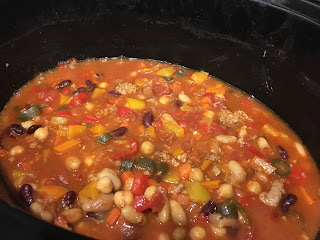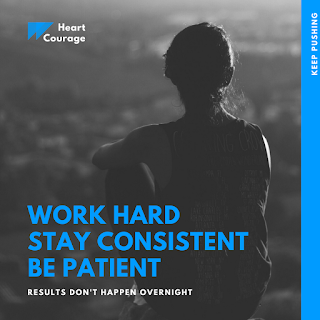Value of Using a Mantra
Before I really understood what a mantra was, I had naturally started using mantras as I prepared for my first triathlon.
Mantras can be words, phrases, or short sentences that are repeated to yourself for a purpose. The purpose depends on you and what you need to be strong mentally.
While we train our bodies for our passions we also are training our brains. We have an internal dialogue that plays during daily life and doesn't shut off while we are training or racing. That internal dialogue can be neutral which doesn't help or hurt. The dialogue can be helpful and encouraging which is ideal, but it can also be negative and discouraging. Then these are all on spectrum which means there are different degrees and mixes of all of these different flavors of internal dialogues. Where we develop these dialogues is a topic for another day.
The important piece to know for now though is that you control that dialogue and that you have the power to alter and change the dialogue. That is where mantra comes into play.
Before we dive in let's make a quick distinction about mantras.
According to an article written by Tris Thorp for the Chopra Center Website a Verdic Education and Lifestyle and Leadership Coach mantra can be broken down into two parts:
"man" means mind
"tra"means transport or vehicle
When the two are put together mantra is understood as an instrument of the mind or a powerful sound or vibration that can be utilized to enter meditation. To read her full article to learn more about mantra in the context of the yogic perspective
click here.
In Westerner culture, however, manta has taken on a slightly different twist of instrument of the mind. Now we use mantras to not just help us reach a state of mediation but help shape our minds and thoughts.
In an
article published by Runner's World they conducted an interview with Robert J. Bell, Ph.D., certified consultant for of the Association for Applied Sports Psychology talked about what an effective mantra encompasses. He highlighted the importance of creating or picking a mantra that address what the athlete wants to feel instead of the focusing on the adversity of what she is trying to overcome. He goes on to say that embracing the pain is the worst thing an athlete can do. That is where a good mantra comes into play. It diverts the mind from thoughts that reinforce the pain to thoughts that helps the athlete transcend the pain. This is where neuroscience comes in to provide support. The brain can't focus on more then one task/thought at a time. The brain is just able to rapidly switch back and forth. So what we think of as multitasking is really not multitasking. It is just the brain switching back and forth. So why is this important? Because we use it to our advantage with mantra. If our brain is focusing on a positive and encouraging mantra it can't be focusing on any negative or discouraging thoughts.! To read more about this topic and learn more about the science behind it
click here.
So then what does make a good mantra or mantras consist of? Dr. Bell has some thoughts on that topic as well.
Short, positive, instructive, and full of action words!
Have more then one mantra for different challenges!
Do you remember that I mentioned that I was using mantras for my first triathlon? Well I was and I am going to use them as examples based on what Dr. Bell shared. I had three. One for the swim. One for the bike. One for the run. Each was based on what I needed for each challenge of the triathlon.
Swim: Breathe. You are strong. You are safe.
Bike: Biking with my grandfather.
Run: Run with Sunshine.
Did I meet his suggestions? In some ways yes and in others I pulled on visuals and my own internal motivation for why I was doing the triathlon. Both using visuals and internal motivations are also great ideas for integrating into your own mantra. My motivation for finishing my first triathlon was my grandfather and it helped to think about him being with me and Sunshine had trained with me on my runs and was inspiration.
In the end though you need to pick a mantra or mantras that mean something to you. People can suggest different mantras and they may good one,s but if they don't resonate with you then the effect will not be the same. Below there are links to other articles that give examples of mantras and how athletes have used them.
Articles About Mantras and Athletes:
Psychology Today -
8 Great Motivating Messages That Guide Superstar Athletes
Shape -
U.S. Olympians Share Their Motivating Morning Mantras
Women's Health -
Olympians Share Their Personal Mantras
Adidas -
Why You Need A Motivation Mantra













